A Sweeping Chronicle of American Expansion and Native Resistance
Into the West is a 2005 television miniseries produced by Steven Spielberg and DreamWorks Television, originally broadcast on TNT. Spanning six feature-length episodes, the series presents a vast, multi-generational saga of the American West during the 19th century, blending historical events with fictional narratives. It traces the intertwined lives of white settlers and Native American tribes, offering a dramatic and often heartbreaking portrayal of the cultural collisions, ambitions, and tragedies that shaped the United States during its westward expansion.
The narrative unfolds through the perspectives of two families: the Wheeler family, white pioneers driven by Manifest Destiny, and the Lakota tribe, whose traditional way of life is increasingly threatened by encroaching settlers, the U.S. military, and the relentless push of modernization. The series opens in the early 1800s with Jacob Wheeler (Matthew Settle), a restless wheelwright from Virginia, who joins a westward expedition and eventually marries a Lakota woman, intertwining his lineage with that of the tribe. As the decades progress, the story is passed down through generations, showcasing how both families endure wars, migrations, betrayals, and personal sacrifices.
Into the West is notable for its ambitious scope and historical depth. It covers key moments in American history, including the California Gold Rush, the construction of the transcontinental railroad, the Sand Creek Massacre, and the Battle of Little Bighorn. The miniseries doesn’t shy away from the brutal realities of colonization, particularly the systematic displacement, betrayal, and violence inflicted on Native American peoples. In doing so, it attempts to provide a more balanced and humanized account of history than many traditional Westerns, emphasizing indigenous perspectives and spiritual worldviews.
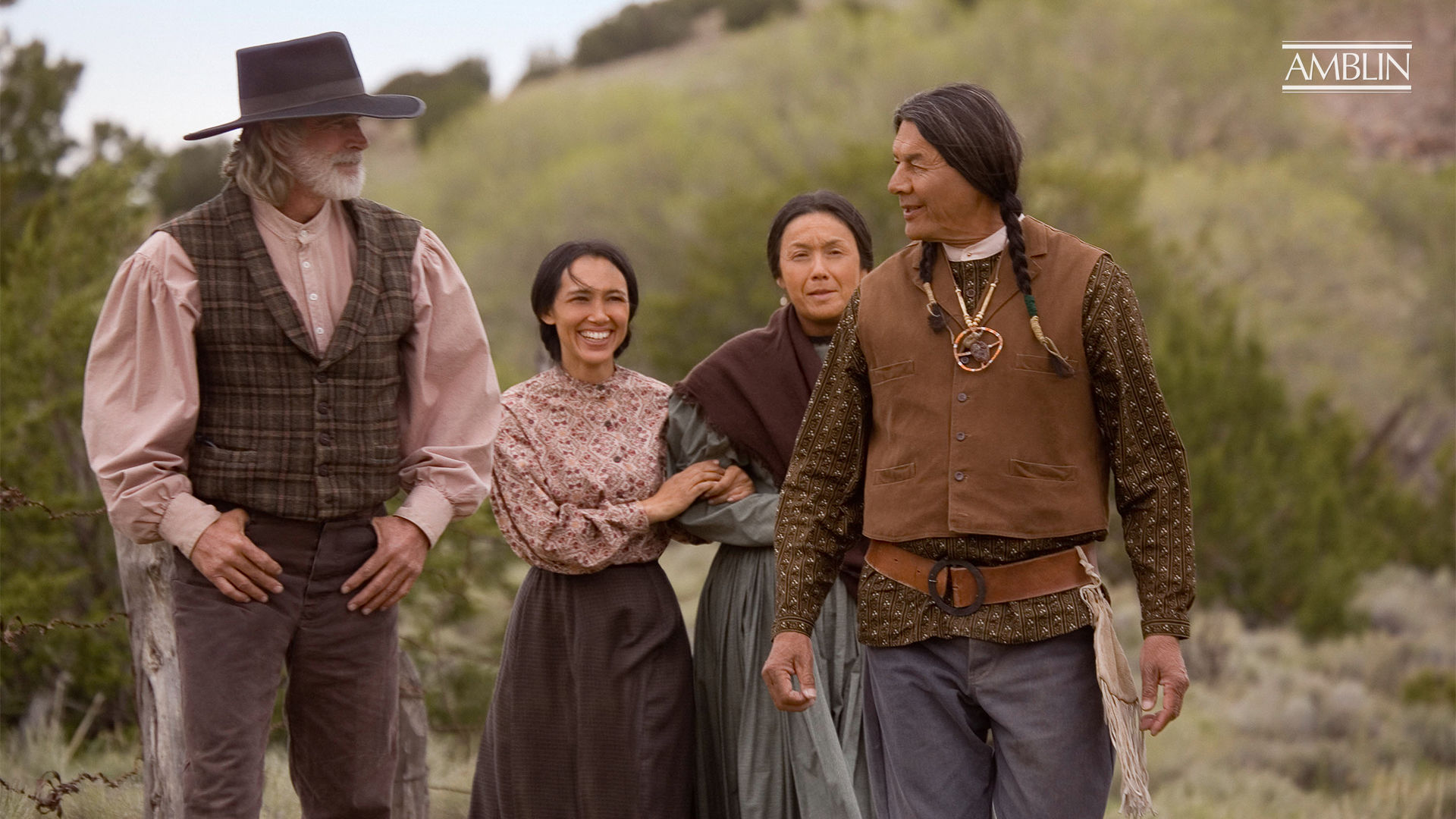
The production values are high, with sweeping cinematography that captures the rugged beauty and vastness of the frontier landscape. Costume design, set pieces, and attention to historical detail contribute to an immersive experience. The cast is extensive and includes notable actors such as Wes Studi, Graham Greene, Irene Bedard, Keri Russell, and Josh Brolin, many of whom deliver emotionally resonant performances. The series also includes Native American languages, customs, and spiritual elements, lending authenticity to the portrayal of indigenous cultures.
Despite its ambition, Into the West has drawn criticism for certain shortcomings. While the series strives for historical accuracy, some viewers and scholars have noted that it occasionally falls into melodrama and simplification, particularly in its portrayal of certain events or character arcs. Additionally, although it foregrounds Native American experiences more than most mainstream Westerns, some argue it still centers settler narratives to a significant degree.
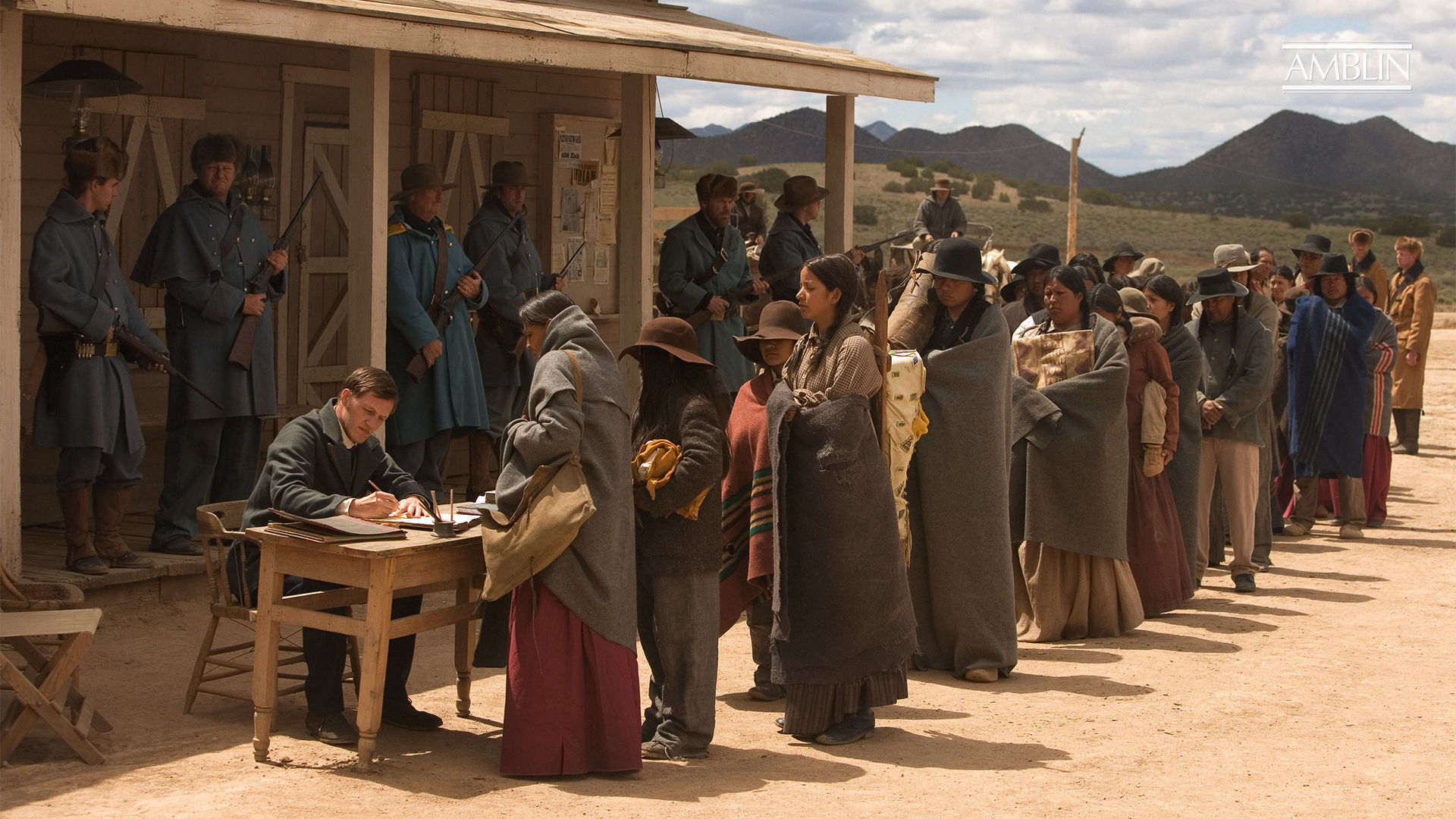
Nonetheless, Into the West remains a powerful and thought-provoking exploration of one of the most transformative and turbulent periods in American history. It serves as both an epic family saga and a historical reflection on the cost of expansion—one that honors the resilience of Native peoples and interrogates the mythos of the American frontier. For viewers interested in the complexities of U.S. history, the miniseries offers a compelling, visually rich, and emotionally charged journey into the heart of the 19th-century American West.
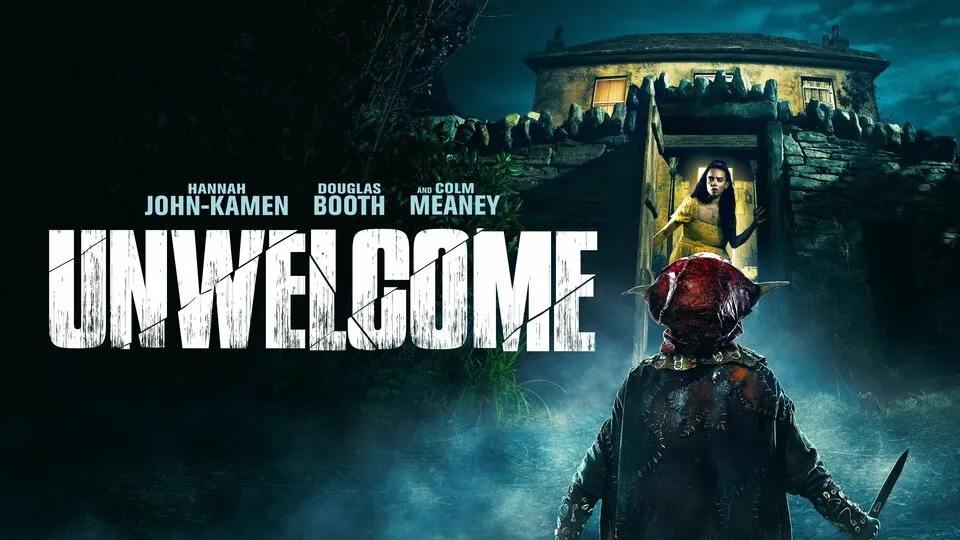
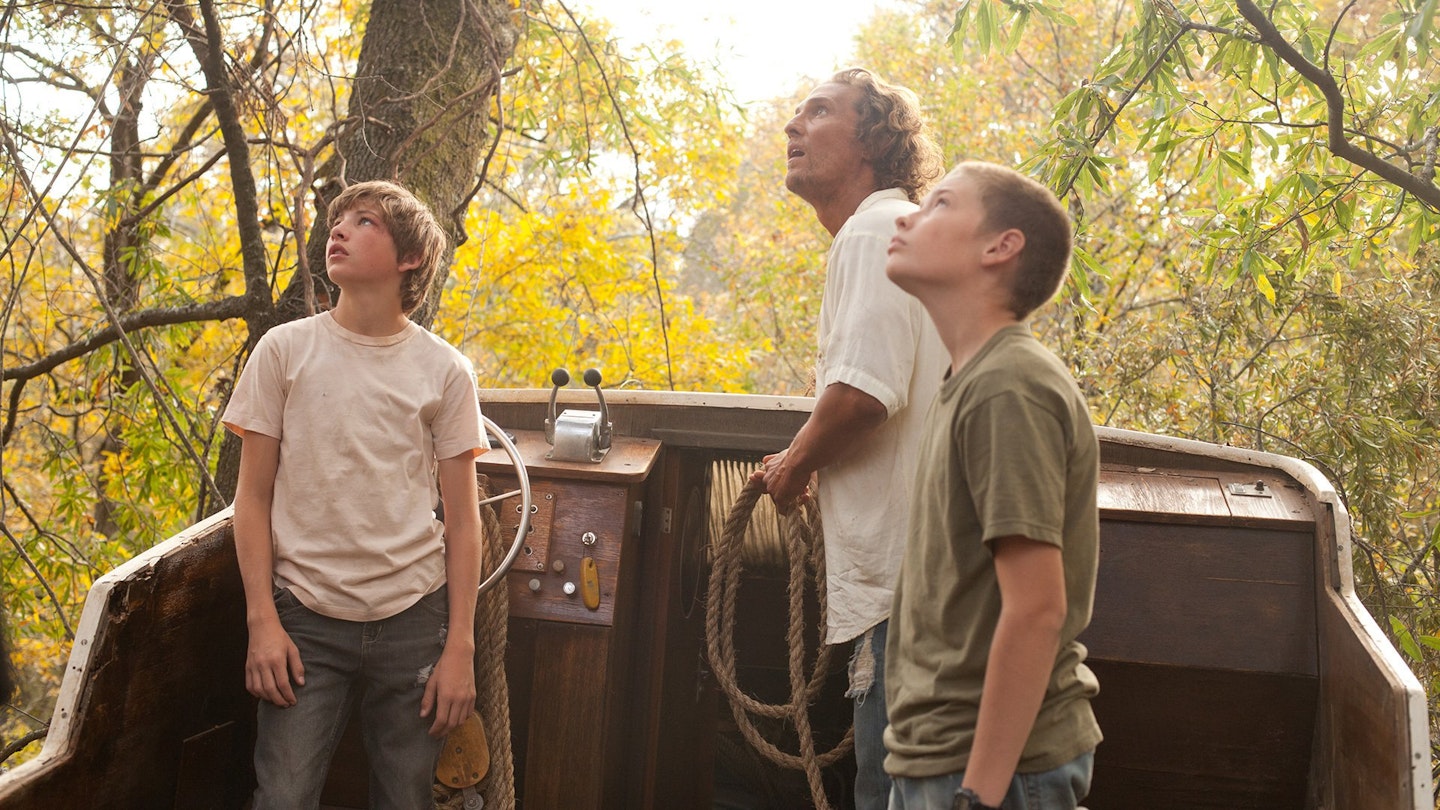
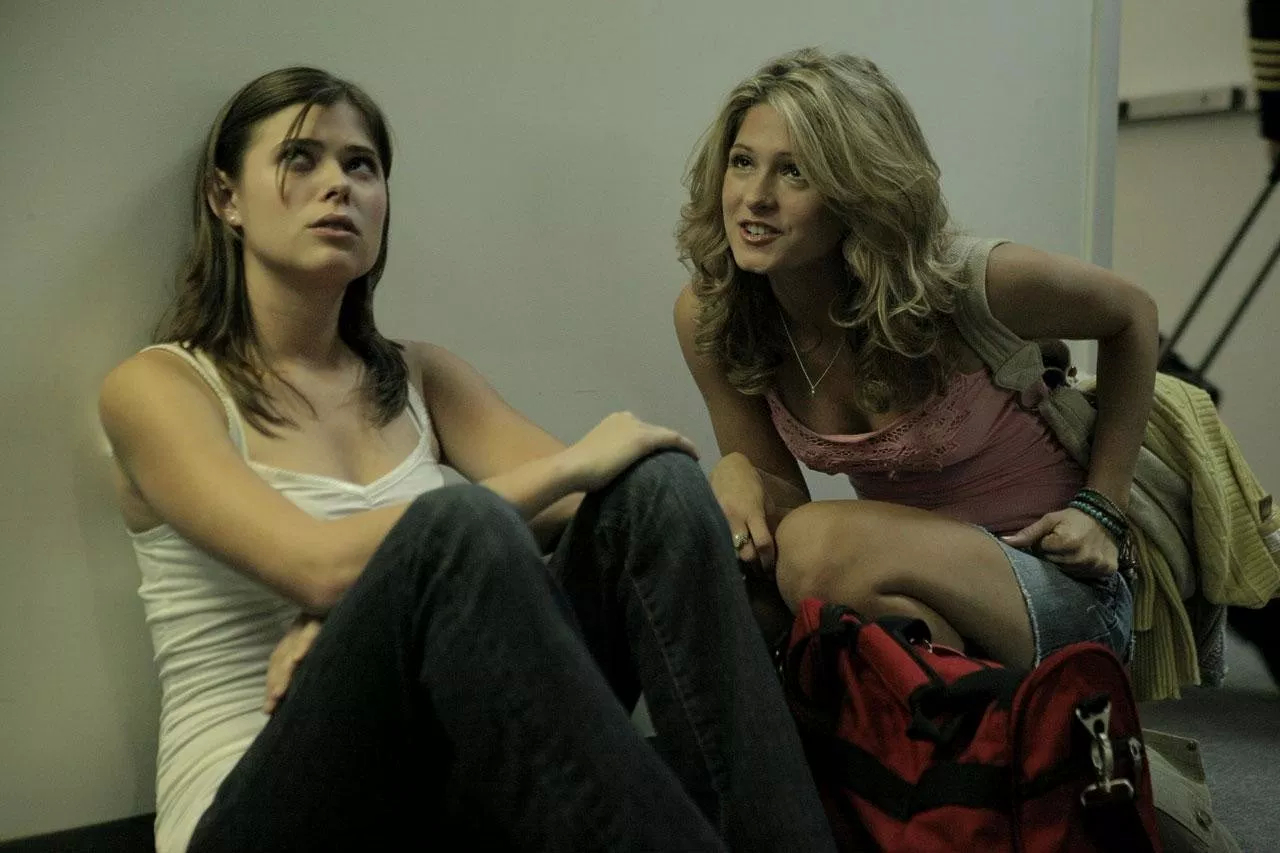
-1751599740-q80.webp)